*Sorry this is late! I scheduled it for PM and not AM.
I’m going to take you through my thinking when I’m about to take a picture. What is the first thing you do? The first thing I do is think, “What needs to be in focus in my picture” Do I just want somebody’s eye in focus? Do I want their whole face in focus? Do I want three people in focus? The first thing I adjust on my camera while I’m in Manual mode is my aperture. The same goes if you’re in AV or A mode, Aperture Priority. The smaller the number the wider my aperture is or the less I’m going to have in focus. Here are my example pictures to make things easier. The smaller the number the smaller the focus.
The Photography Basics #1} Understanding Aperture
Aperture – 1.4
Shutter – 1/8,000
ISO 100
Aperture – 5.0
Shutter – 1/1,000
ISO 100
Aperture – 10
Shutter 1/160
ISO 100
Aperture – 18
Shutter – 1/50
ISO 100
Aperture – 22
Shutter 1/30
ISO 100
These photos were all taken with my Canon 50mm 1.4 lens. Can you see the area of focus change with every picture? Gradually the Tonka truck becomes more and more in focus the bigger the number gets. Can you see another change? The shutter speed. The shutter speed has to compensate for a smaller opening so the shutter stays open longer. First 1/8,000 of a second all the way to 1/30th of a second. It’s become a lot slower because my aperture size is a pin hole. When you shoot in Manual mode you constantly have to adjust your shutter speed but when you’re in AV mode the camera will set the shutter speed for you. AV mode is a great way to learn how to use your camera. When shooting on this mode you need to study the choices your camera makes. By doing so you can learn how to properly expose your photos yourself and eventually take the full reigns to manual mode. A great exercise you can do to is to shoot outside in the sun. Set your camera to Av or A mode and set your ISO to 100. Then do what I do and set your aperture to as low as it can go. Take a picture and see what your camera set your shutter speed to. Now make your aperture number go higher and focus on the same thing you did last time. What is your shutter speed at now? Keep making bigger leaps with your aperture and see your shutter speed go slower and slower. Once you start to blur that’s when you know you need to start making your ISO go higher. A rule to remember so you never get blur from your shutter speed being to low is not having it set slower than the length of your lens. My lens I was shooting with was 50mm. So to be safe I shouldn’t have my shutter speed slower than 1/50. However there are always exceptions because in my last picture I was shooting 1/30 and I don’t have any blur. It’s because my subject is still, I have good lighting and a better camera. When shooting something important I don’t always chance it! I hope this helps you understand aperture better which in turn should help you understand the shutter better also. Let me know if you have any questions!
And one more for the road!
F 1.4
1/8,000
ISO 100
F 2.8
1/2000
ISO 100
F 5
1/400
ISO 100
F 10
1/200
ISO 100
F 18
1/50
F 22
1/25
ISO 100
F 22
1/15
ISO 100
F 22
1/5
ISO 100




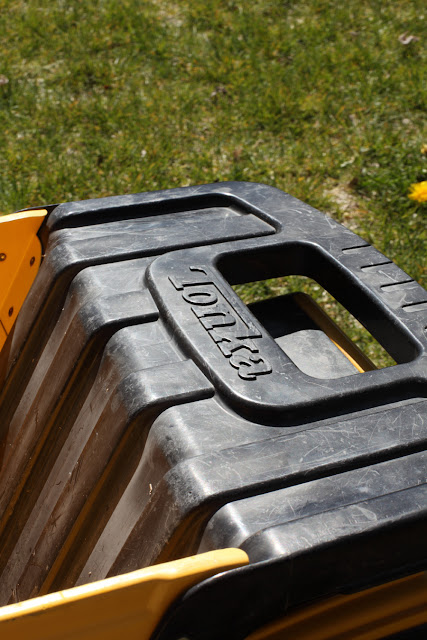
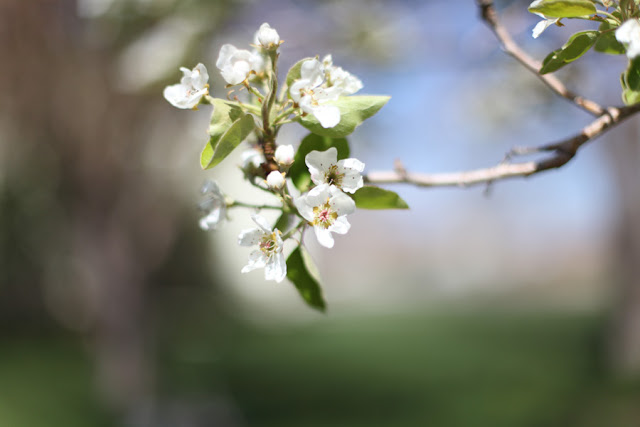

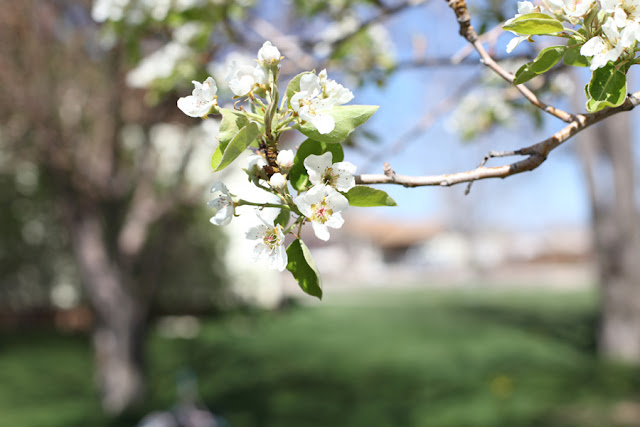
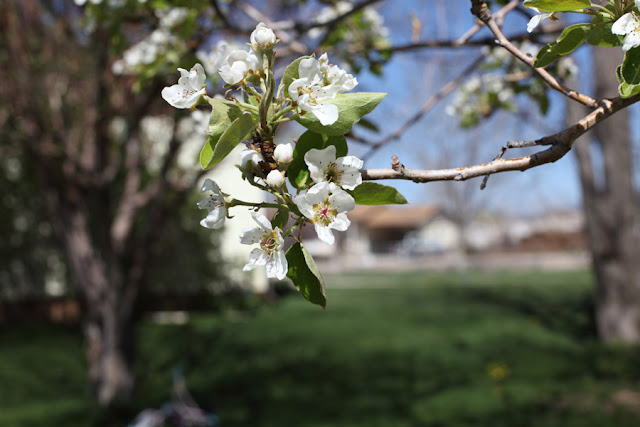
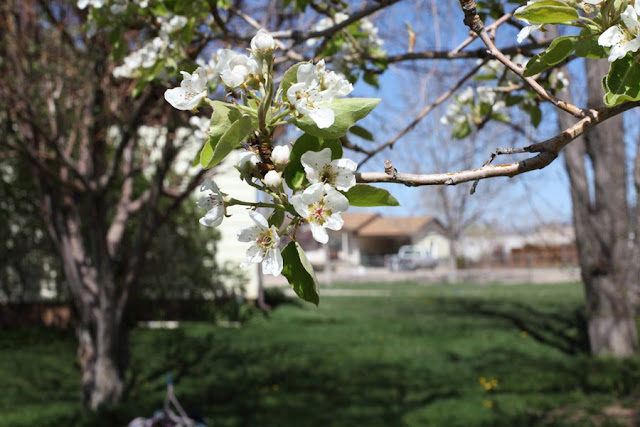
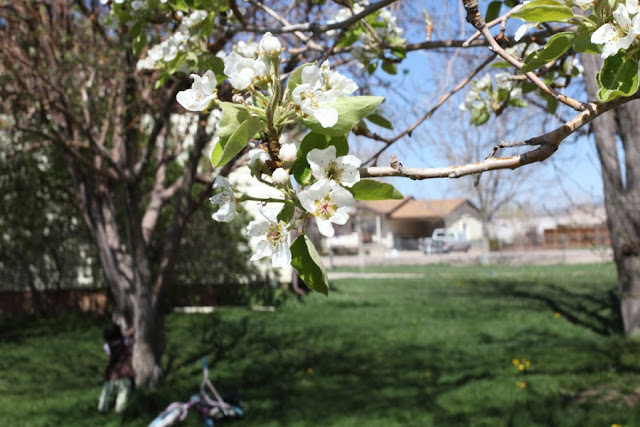

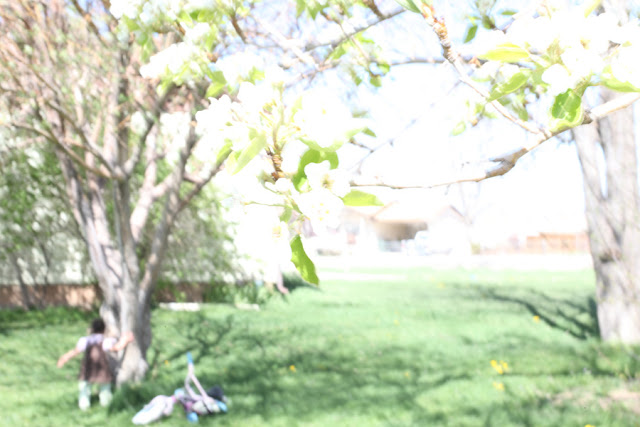

you said: